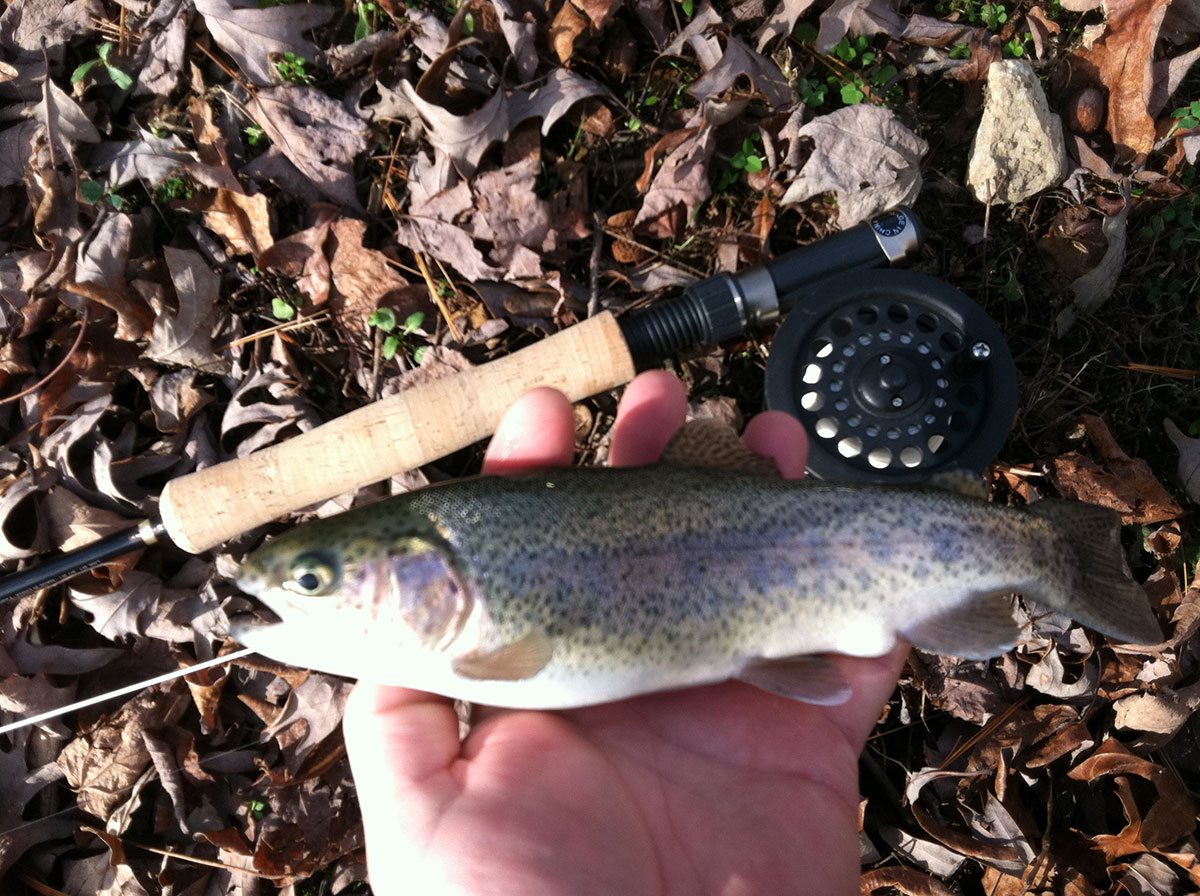start of new season
Question
hi, im 18 and a scrum half. i played my first game of a new season last week and i seem to have lost some speed and explosiveness. why is this and wat can i do to correct it. thanks.
Answer
Luke,
The greatest likelihood is that you are simply out of shape. Even younger players need some time to get physically fit and mentally prepared for the new season.
Here is a quickie primer for getting fit
There is a the close correlation between fitness and injury. Fitness includes all the following: strength, endurance, flexibility, and aerobic conditioning.
Basic Fitness training guidelines/program:
This is a simple program to develop strength, flexibility, and aerobic conditioning. As in all physical programs, the first step is to get a physical examination. It is always best to work with a partner who is of near equal ability. This will promote benign competition and motivation to keep working. To really get results, you need to stay on this, or any, program for at least twelve weeks. With any program it is important to keep records to chart progress. Your standard workout chart should have the following information:
-Name
-Day
-Warm-up/Stretch
-Exercises, type, and result by name (aerobic ?running 2 mile, 15:00 minutes)
-Warmdown/ stretch
1. At the end of this section is a workout program for a standard Nautilus circuit. The following concepts are important for lifting weights using machines, although many of the concepts are applicable to free weights:
The following machines (muscle areas) are used:
Lower body:
-Squat Extension
-Leg Extension
-Leg Curl
-Decline Press
Upper Body
-Super Pullover
-Latimus Pulldown
-Chest Press
-Lateral Raise
-Overhead Raise
-Triceps Extension
-Biceps Curl
Mid Body (Torso)
-Torso Twist
-Abdominal Curl
-Back Extension
-Crunches
Note: for each exercise note the machine setting (height) and note both the weight and number of repetitions/ for the aerobics and warm-up put both the time and the distance
a. Proper form is essential, since the machines are designed for certain muscle groups and poor form prevents those muscles from properly worked. Do not be afraid to ask for help from a qualified individual. Beware of uninformed friends who teach improper technique.
b. Warm-up before lifting is essential. You need to walk/jog for at least 3-5 minutes and work up to the start of sweating before lifting. While moving, exaggerate movements of the limbs to limber them up.
c. There are three distinct groups of exercises (lower, upper, torso). Within each group the exercises need to be worked in the order presented (larger to smaller). If you are lifting and the next machine is busy, go to machine in another group do an exercise from that group and then come back to the original group.
d. When lifting, slow is good. With any machine, especially those that use cams, it is the negative action that produces results. When going against gravity (the weights being lifted), the action should take 2-4 seconds. When going with gravity (the weights being lowered), the action should take 4-6 seconds.
e. Use the machines properly. Whenever there is an action where the axis of the machine's cam is present, the joint that is attached to the muscles being worked must be aligned with it (line the joint up with the axis of the cam). Wear the seat belt with any machine that has one. While it may impress the spectators, try not to make faces. That just tenses up the face and neck, fatiguing you quicker. Do, however, breath properly, exhaling with force when doing the lifting action.
f. When starting, find the weight you can barely lift eight repetitions. Be reasonable when starting, it may take four or five sessions to find the correct starting weight. This is normal. Once the starting weight has been found, follow the following pattern: three sessions at eight reps, three sessions at ten reps, three sessions at twelve reps, then increase the weight by one plate. Do not try to accelerate the pattern. Free weight lifters only go to 80% of failure. The development of strength is not in the lifting (essentially destroying the muscles), but in the healing (rebuilding the muscle).
g. This particular program is designed for one circuit (one set of repetitions at each machine) and generally lasts 30-40 minutes. A minimum of twelve exercises needs to be done. It is just as easy to do them all. To build strength quicker, increase the number of sets, up to three, but do not alter the pattern. Studies are showing that for most people, one exercise set done correctly is sufficient to maintain, and slowly increase strength and flexibility. For the free weight lifters the same concept applies.
2. Aerobic conditioning should be for a minimum of twenty minutes, three times a week. It is better to do thirty minutes (walking two miles, running 3-4 miles, swimming a mile, etc.), four or five times a week. Remember, rugby has two forty minute halves with no time outs and a five minute half time. You only leave the field during playing time as a result of an injury. To maximize the aerobic benefits, workout to exercise pulse rate. Take 220 and subtract your age. This is your maximum pulse rate. Multiple this number by .8 to get your max. exercise pulse rate and .6 to get your minimum exercise pulse rate. For best results stay around 75% (.75 x max. pulse rate). For most young adults this will be about 150-155 beats per minute. If you feel lightheaded, or have difficulty breathing, slow down. Note your workout records should have a place to record your aerobic exercise.
3. The most important, but most ignored, part of fitness, especially weight lifting, is rest in the form of solid sleep, The lifting does not build muscles; it destroys them. During the rest phase, the body rebuilds the muscles and adds a little. To do this requires a minimum of 24 hours, and should be 48 hours, between weight sessions for the specific muscles exercised. Get your rest.
4. Like a car, your body needs to be properly fueled, especially during your teen years. Minimize fats and salts (fries, burgers, most pizzas), and maximize your vegetables and grains (use the USDA food pyramid). Reasonable amounts of complex carbohydrates (pasta without heavy concentrations of fat) the night before the game is a good idea. Just as important as the type of food you eat, is the amount of water (not as coke or coffee) you drink. At minimum, drink eight glasses of water a day (about a 2 liter bottle). A good rounded, balanced diet will take care of most vitamin needs, but it is prudent to take a multi-vitamin. It does not need to be an expensive name brand.
This is not intended to replace the guidance of a trained coach and fitness instructor, but to give you an idea on how to progress.
Good luck,
Deane Shephard
Stuttgart RC
Professional
Being A Second Row- Lineout Drills And Scrum Technique.


